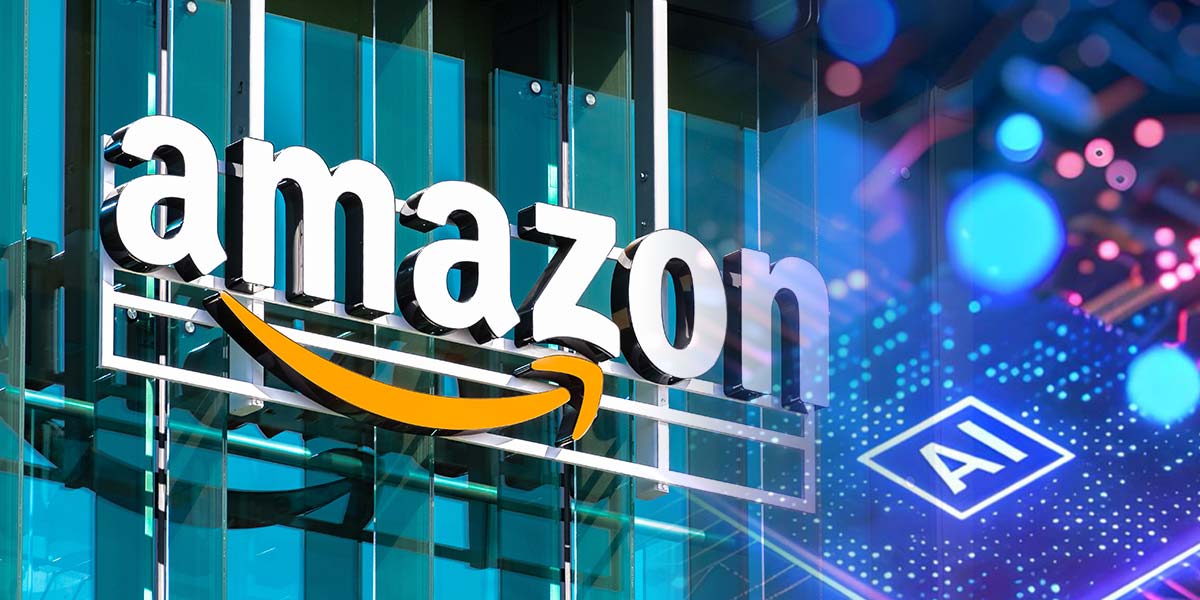Amazon is rolling out a sweeping vision for artificial intelligence that goes far beyond chatbots and essay writing, targeting fundamental changes in how goods move from warehouse to doorstep.
In a high-profile series of announcements, the e-commerce giant revealed that its fulfillment and delivery operations are set for a major AI upgrade, with new robotics and mapping technologies poised to revamp logistics at scale.
At the center of these plans is the formation of a new robotics team at Amazon’s Lab126, its hardware device arm, dedicated to developing so-called “agentic AI” robots—machines capable of executing multiple tasks by interpreting and acting on natural language prompts.
The move signals a shift away from today’s single-function warehouse bots, with Amazon claiming future robots will be able to unload trailers and retrieve replacement parts on demand, making them flexible, multipurpose warehouse assistants.
Speaking at an event at Lab126’s Silicon Valley campus, Yesh Dattatreya, lead robotics scientist, noted that the goal is to accelerate delivery speeds, especially during peak seasons. He noted that robotic heavy-lifting in tight quarters could ease pressure during holiday rushes.
Beyond boosting speed, Amazon stressed that advanced AI will help reduce operational waste and cut carbon emissions as automated systems make fulfillment more efficient.
Amazon is not stopping with warehouse automation. The company is leveraging generative AI to build detailed delivery maps for its drivers, aiming to streamline last-mile logistics.
The AI-driven maps provide rich data on building footprints, potential obstacles, and preferred drop-off locations—critical for complex sites like large office parks and apartment developments. The map will allow drivers to find a more accessible area for deliveries, Amazon noted.
The new mapping technology could eventually power Amazon’s much-rumored smart eyeglasses for drivers, designed to overlay directions and delivery info directly into the wearer’s field of vision.
While Amazon confirmed the project for the first time publicly, Viraj Chatterjee, VP of Amazon’s Geospatial unit, cautioned that the hardware remains under development and is not yet ready for widespread use.
Meanwhile, AI tools are already helping Amazon predict the types of products customers in different cities will need, supporting same-day delivery and hyper-local inventories by weighing factors like price, demand, weather, and major sales events.
Nathan Smith, director of demand forecasting, explained that the AI allows Amazon to curate different products for specific areas that cater to local tastes efficiently across Amazon operated areas.
Amazon also emphasized that while new technologies offer efficiencies, delivery workers—many of whom are contractors—are not required to use Amazon’s mapping software, an issue closely watched by labor advocates amid ongoing debates around gig worker autonomy.





